Airborne mould is a prevalent issue in residential buildings that poses significant health and safety risks to occupants. Factors such as water damage, poor ventilation, and high humidity contribute to the growth and spread of mould indoors. This article explores typical mould levels in residential spaces and how water damage can escalate contamination to hazardous levels.
Understanding Normal and Elevated Mould Levels
Mould is a natural part of our environment and can be found almost everywhere, including indoors. At low concentrations, indoor mould presence is considered normal and not inherently harmful. However, water damage is a key driver of elevated mould contamination in residential settings. When water intrusion occurs, mould spores rapidly multiply, leading to heightened mould levels in the air. In building science, mould is often used as an early indicator of water damage, even when such damage is not immediately visible.
Comparing Research Findings
This article compares LCS Laboratory Inc.’s findings on mould distribution with studies conducted by Air Analysis Inc. and Environmental Analysis Associates. All three studies utilized ASTM Method 7391, with total mould count serving as the metric for assessing excessive mould growth. These findings represent “epidemiological” insights, based on observational data rather than direct experimentation. Below, we outline the methodologies used and summarize the key conclusions.
Methodology
- LCS Laboratory Inc.: Our database of indoor air quality results—collected from residential homes and offices across Canada—was analysed to establish mould concentration thresholds. Results were sorted by mould concentration, with the lowest 25% classified as “low” and the highest 25% designated “elevated.” Clients were instructed to keep windows closed for 24 hours prior to sampling to minimize the influence of outdoor air.
- Other Sources: Air Analysis Inc. and Environmental Analysis Associates do not disclose the exact basis of their findings, suggesting that their conclusions may rely on expert opinion rather than a strictly defined methodology.
Key Observations
Despite differences in approach, findings from all three sources were remarkably consistent. A simplified classification system for mould concentration emerged, as detailed in the table below:
This straightforward evaluation method is particularly useful when outdoor mould concentrations are unknown or when observations are limited.
Limitations and Regional Considerations
Our study was conducted exclusively in Canadian residential buildings and offices. It is important to note that regional differences in climate and construction practices may influence mould growth patterns. As such, the thresholds outlined here may not be universally applicable in other countries.
Take Action
If you are concerned about mould contamination in your home or office, LCS Laboratory Inc. can help. Contact us to order an air sampling kit and take the first step towards ensuring a safe and healthy indoor environment.

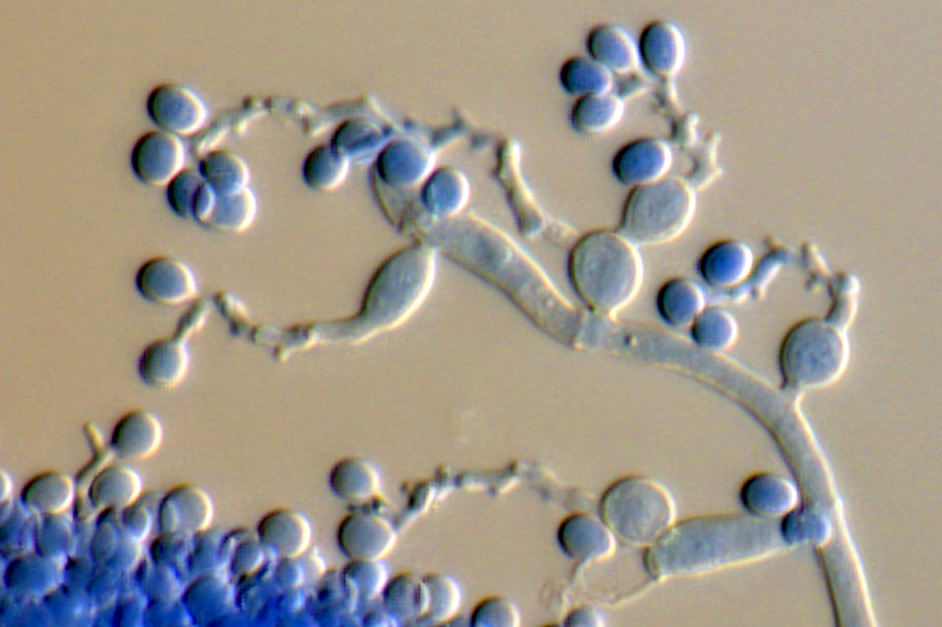

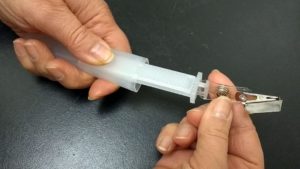



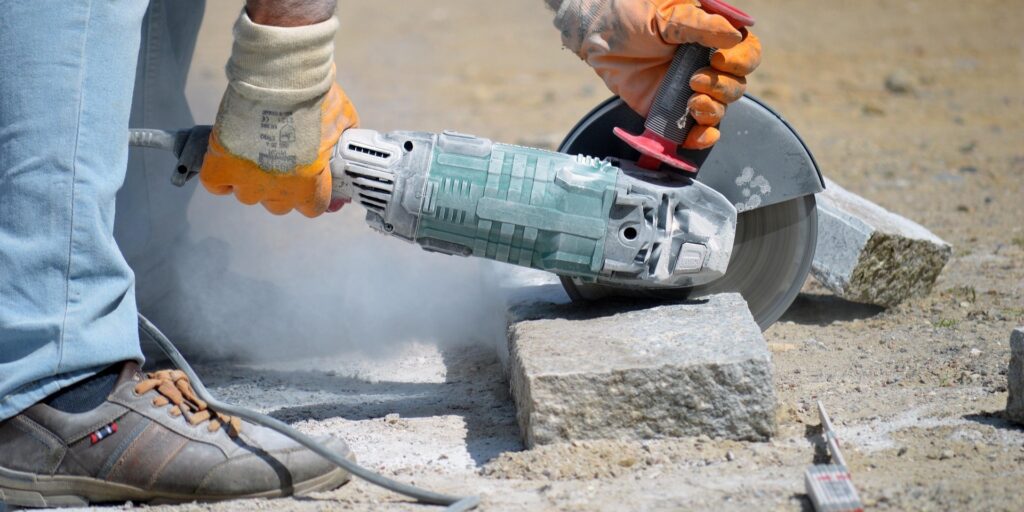
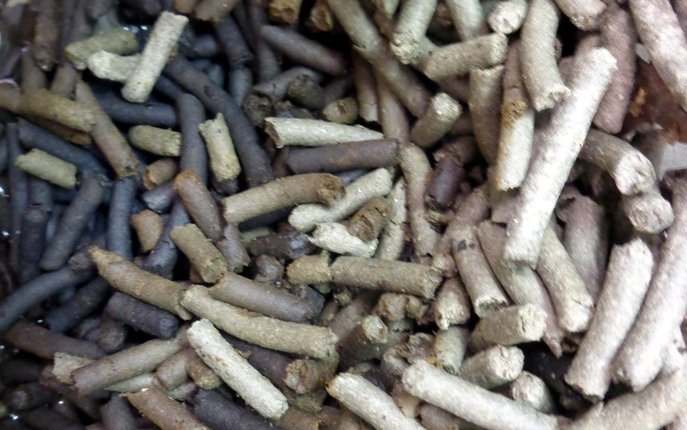

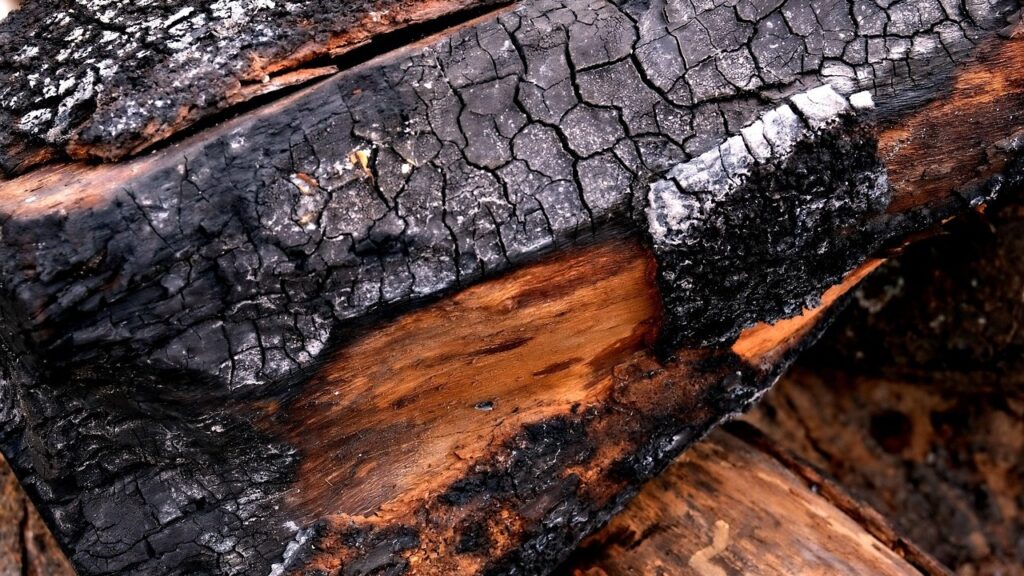
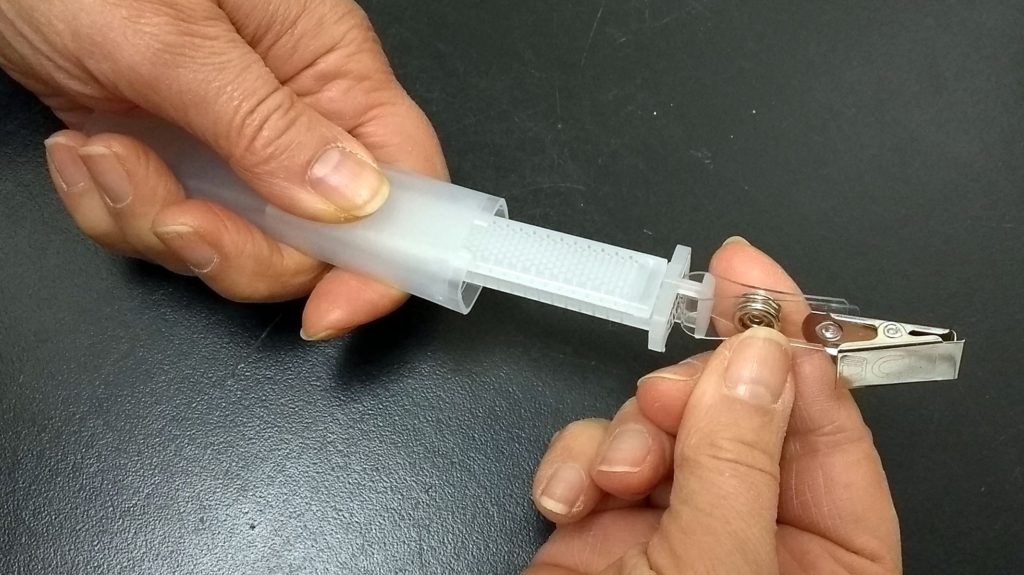

4 Responses
Very very silly
1) when there are 70,000sp/m3 in the external environment you will get over 20,000sp/m3 in the internal environment
2) no appreciation for aspergillus/penicillium in your evaluation
3) no appreciation for Stachybotrys/Chaetomium in your evaluation
4) no appreciation for basidiospores/ascospores in your evaluation
5) no appreciation for clusters in your evaluation
Hello Joseph, the studies that we publish here are collections of about 20 separate statistical analyses. We already added one more study of the effect of outdoor mold on the indoor level. One day we will publish them all. It will include the topics that you raised. I promise
This article studies how mold grows inside our homes and the factors that contribute to its growth. Individuals should be aware of dangerous levels of mold growth. Thank you for the valuable information.
Our Pleasure